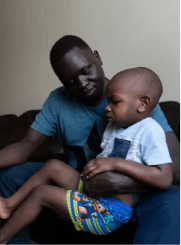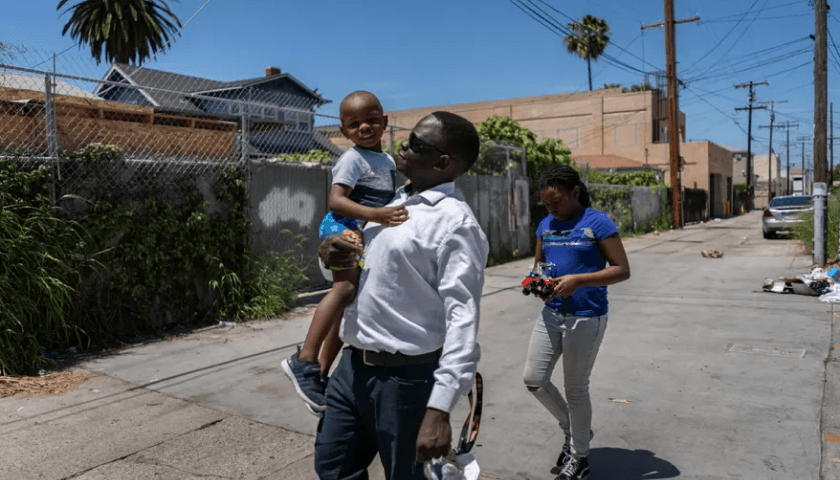Building a better bachelor’s
Four-year colleges are finding new ways to help students succeed
Lumina Foundation presents conversations with newsmakers and thought leaders in the field of education and training after high school. Hear from people working to attract, retain, and cultivate the talent America needs for the 21st century.
Podcast


For many of today’s students, pursuing higher education was a struggle even before the pandemic. Today, as shown in this candid, close-up look at the lives of five low-income students, the college challenge is immense.
Photos and text by RACHEL BUJALSKI..
Focus highlights the issues affecting education beyond high school in a human-interest, magazine-style format. Our goal is to show – in compelling stories, photos, and video – the real-life struggles and successes of today’s students and the people who serve them.
Focus Magazine

Sign up to receive Lumina newsletters and publications. Updates from the worlds of learning and work—free in your inbox.
SubscribeLumina compiles a free daily digest of the best stories in higher education on topics such as college affordability, quality assurance, state and federal policy, and more.
Daily Headlines